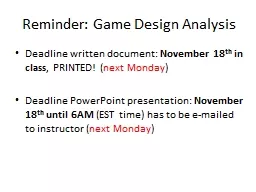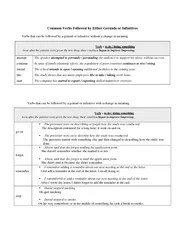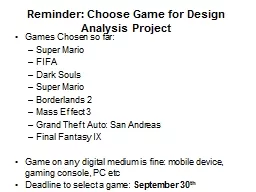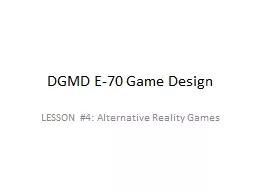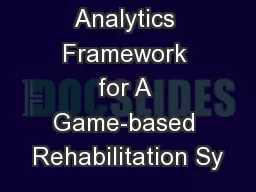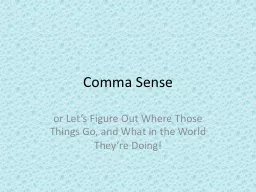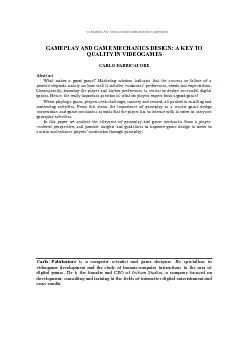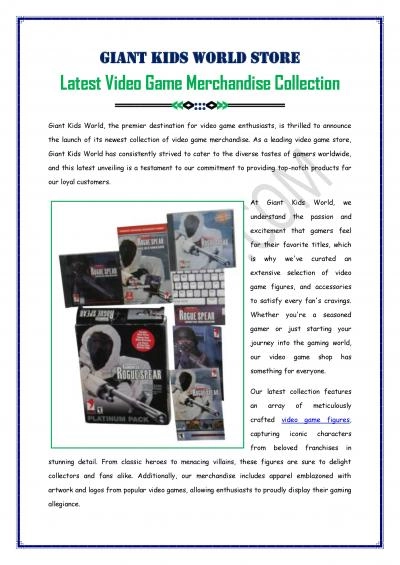PPT-Reminder: Game Design Analysis
Author : faustina-dinatale | Published Date : 2016-07-20
Deadline written document November 18 th in class PRINTED next Monday Deadline PowerPoint presentation November 18 th until 6AM EST time has to be emailed
Presentation Embed Code
Download Presentation
Download Presentation The PPT/PDF document "Reminder: Game Design Analysis" is the property of its rightful owner. Permission is granted to download and print the materials on this website for personal, non-commercial use only, and to display it on your personal computer provided you do not modify the materials and that you retain all copyright notices contained in the materials. By downloading content from our website, you accept the terms of this agreement.
Reminder: Game Design Analysis: Transcript
Download Rules Of Document
"Reminder: Game Design Analysis"The content belongs to its owner. You may download and print it for personal use, without modification, and keep all copyright notices. By downloading, you agree to these terms.
Related Documents

